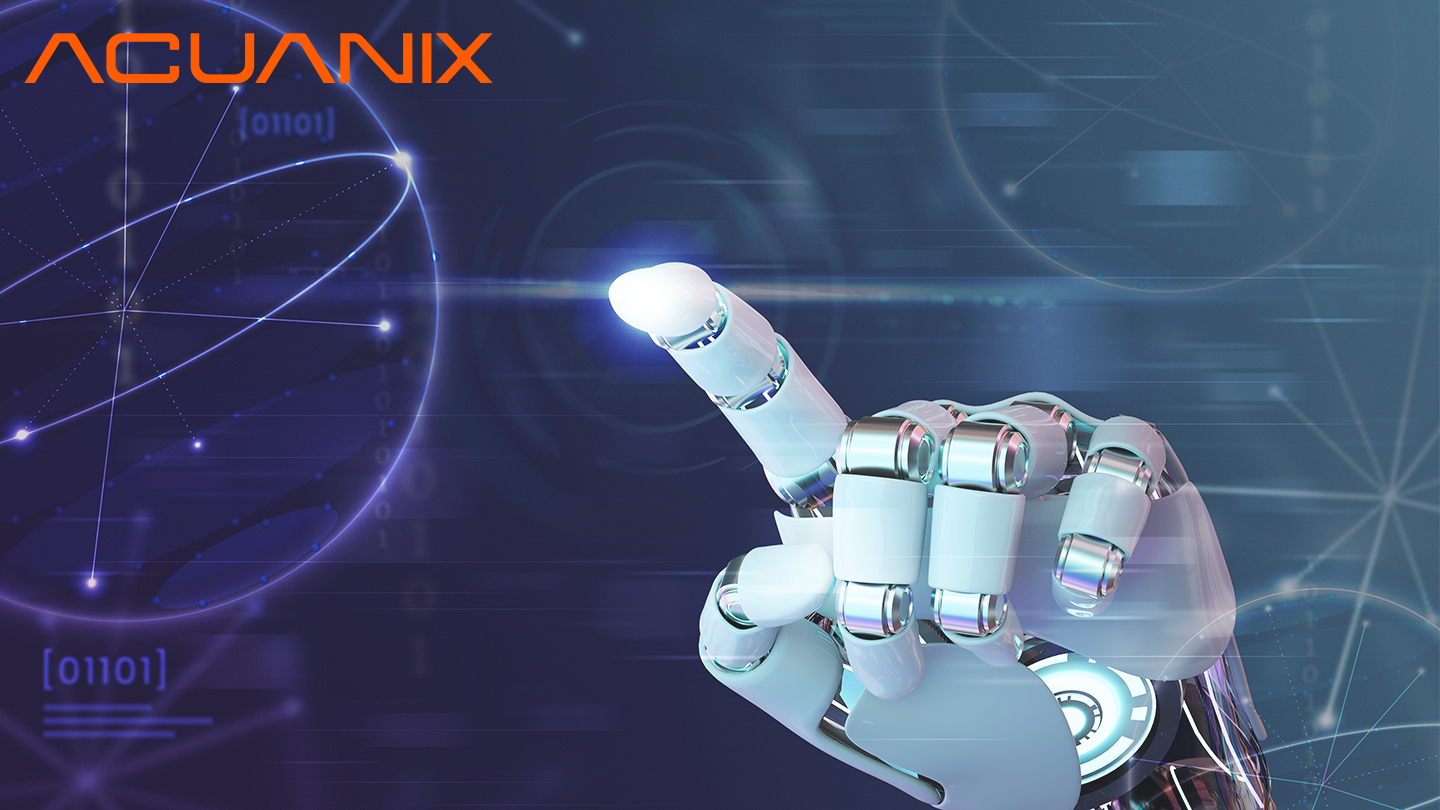Security AI and Automation, What You Need to Know
Security operations are no longer just about keeping tabs on log files and monitoring alert streams. Cybersecurity teams need to monitor and analyze data in real-time, automate detection processes, improve collaboration between analysts, and more. To do all this, security teams are turning to artificial intelligence (AI), automation, and machine learning. These methods for AI enable cyber defenders to process more data faster, identify threats quickly, and reduce the risk of human error when responding to threats faster. Security operations centers are already adopting AI and automation in response to the challenges posed by hackers.
What is AI?
Artificial intelligence (AI) is the ability of machines to act like a human. In cybersecurity, AI is a technology for analyzing data, identifying patterns, and making decisions with speed and accuracy that rival human intelligence. AI is a computer system that mimics human behavior - it can learn from data, make predictions, derive insights, and act on these insights to accomplish goals. It’s a technology that enables machines to do things that would otherwise require human intelligence. AI is being applied to cybersecurity to identify and respond to threats faster and with fewer human errors. AI can identify patterns in network traffic and other data that might otherwise go unnoticed. It can also learn from past experiences to predict future outcomes and identify new threats. AI is enabling cybersecurity teams to process more data faster, identify threats quickly, and reduce the risk of human error when responding to threats faster.
Security Automation
With the growing adoption of AI, security teams are looking to leverage automation as part of a comprehensive threat management strategy. Remotely managed security operations centers (SOCs) are expanding their automation capabilities from security monitoring to security incident response to network management. This shift is part of a larger trend towards continuous security operations. The goal of continuous operations is to bring together security and IT operations teams to automate routine tasks. Automation enables these teams to respond to incidents faster, prevent outages, and improve the security of critical systems and data. Ultimately, continuous operations aim to reduce the time and cost of managing security efforts while increasing overall effectiveness.
Benefits of AI and automation in security monitoring
As more organizations adopt AI and automation, benefits are emerging across the security operations lifecycle. For example, AI-driven security orchestration can increase the speed and accuracy of threat detection. AI-driven orchestration uses machine learning to identify how teams should respond to threats. This allows security teams to better prioritize workloads and use their time more effectively. Automated investigation and response enable analysts to quickly respond to threats. This can help security teams identify threats sooner and reduce the time needed to resolve incidents. Security automation is also helping organizations improve the accuracy of data captured by security tools. This can help security teams better understand their security posture and identify new threats across the entire organization. It can also allow IT and security teams to share data more effectively. This can help organizations respond to incidents faster.
Learn more about AXCELIOS Backup Insights&Analysis for Threat detection
Limitations of Security AI and Automation
While AI and automation hold great promise for security, organizations must also consider their limitations. For example, data volumes are expected to increase significantly over the next few years. This puts pressure on critical infrastructures, such as the internet and cloud networks, which are already struggling to keep up with current data volumes. For organizations that have adopted AI and automation, the need for more data has already outpaced the ability to collect and analyze it. This demand for more data, coupled with a shortage of trained AI and data scientists, has slowed the adoption of AI and automation.
Recommendations for adopting AI and automation in monitoring
Organizations are gradually adopting AI and automation to improve their security. To start the process, it’s important for organizations to first define their security goals and objectives. After that, it’s critical to understand how AI and automation can help meet those goals. With that in mind, here are a few best practices for adopting AI and automation in security monitoring: Use a single platform that integrates AI and automation across your entire organization. This way, you’ll have a single source of truth for monitoring your security posture. It’s important to choose the right platform. Look for a platform that is easy to use and can scale with your organization. Ideally, it should also have integrations with your existing tools and provide centralized visibility into your entire security operations.
Conclusion
Artificial intelligence and automation are transforming security operations. This can help organizations respond to threats faster and with fewer human errors. However, organizations should plan for the increased data volumes associated with AI and automation. To mitigate this challenge, it’s important to choose a single platform that integrates AI and automation across your entire organization.
Subscribe Our Blog
Post By Topic
- Cyberattacks (5)
- Cybersecurity (5)
- Data Protection (4)
- Disaster Recovery Plan (4)
- Backup (3)
- Business continuity (3)
- Data Management (3)
- Ransomware (3)
- Ransomware attacks (3)
- Malware (2)
- Phishing (2)
- Recovery Profiles (2)
- AXCELIOS (1)
- Air Gapped System (1)
- Anomaly Detection (1)
- Automation (1)
- Cloud security threats (1)
- Data (1)
- Data Damage (1)
- Distributed Denial-of-Service (DDoS) attack (1)
- Eavesdropping attack (1)
- IP spoofing (1)
- Passwords (1)
- Phishing emails (1)
- Security AI (1)


Leave Comment